The Fight Against Childhood Cancer
Photo by Jenna Potter
A before and after shot of Meg, who had her head shaved for St. Baldrick’s to help raise money for childhood cancer.
Hope. Sorrow. Pain. Bravery. Hardship. Heroism. These are words that describe a very select group of young individuals who we honor in this month of September. With many people across the world affected by pediatric cancers, it is important for us to recognize why efforts against pediatric cancers has remained so elusive and why awareness is such a necessity in a battle like this.
What is pediatric cancer and what unique issues make them difficult to treat? According to the National Pediatric Cancer Foundation, pediatric cancer is described as cancers that are affecting individuals of 18 years or younger. As compared to adult cancers, it is in many cases faster growing and harder to treat. Despite this and the fact that as many as 1 in 285 children will be diagnosed with cancer, only 4% of federal funding for cancer research is allocated for pediatric research. The lack of expenditures is an extremely serious issue given the vast differences between pediatric and adult cancers. In fact, children often have significantly less options for cancer treatment due to their young, developing bodies, which are extremely susceptible to permanent cell damage. Studies show that more than 95% of pediatric cancer patients will face serious health issues by age 45 due to their cancer, or more commonly, the treatment.
But as always, in even the darkest of circumstances, there are always those who devote their lives to make the lives of others just a bit brighter. The Red & Black had the opportunity to talk with “Hope & Heroes”, an organization that has and continues to be on the frontier of advocating for pediatric cancer awareness. According to the organization’s executive director, Robert Bomersbach, “Hope & Heroes” partners with Columbia Medical Center to help families with children who have cancer. Unlike other organizations however, “Hope and Heroes” is constantly on the ground, actively interacting with patients locally. He says, “Every child in the tri-state area has access to state of the art medical facilities, because people don’t want the travel across the country.” Whereas other programs simply donate money, this organization does both – and with great success as well. Raising millions for research and care – including a recent $2.5 million grant for osteosarcoma – Bomersbach says that they have been able to establish Columbia Medical Center as the “largest and most comprehensive pediatric cancer center in the tri-state area”. They care for all afflicted individuals, with 40% of families being of low income backgrounds.
In it of itself, the 5-person organization is extremely impressive with its accomplishments and impactful actions, but perhaps more inspiring is the legacy created by the families they help. A significant portion of their donations actually come from individuals who were treated with the help of the program and in their way of giving back have made significant contributions. Bomersbach discusses how “patient and philanthropic families, along with major gifts from foundations” have made a huge difference in the fight against pediatric cancer. Of course not everyone has the capacity to make such large donations, but that is by no means the only way to help. As with any cause, the most essential element is awareness. Perhaps in this instance, awareness of the actual existence of this issue is not the target, but rather how to combat it. It is crucial that the public recognizes that childhood cancers are completely different from adult cancers so that we can raise funds, and lobby for greater allocations to pediatric research. We can connect with psychosocial programs to work with kids who have gone through such traumatizing events, or “create a charity to keep legacies alive,” in the words of Bomersbach. In any case, we must let these children know that they are not alone in this fight, and that there are those out there who will help them through every step of the way.
This September, we urge you to join the cause and bring awareness to such a pertinent issue. Every year, we honor those afflicted by pediatric cancer with “Childhood Cancer Awareness Month”. Learning from Bomersbach, there is so much we can do as a community together. There are several organizations, including Memorial Sloan Kettering Cancer Center and Cure Childhood Cancer that will readily accept donations for the ongoing research for a cure. Find a walk, run, or luncheon hosted by Hopes and Heroes or St. Jude Children’s Research Hospital that you are available to participate in. Specifically, Bomersbach encouraged anyone to participate in their “four annual events, which includes the gala, luncheon, grassroots walk, and golf tournament that all raise money for the cause.” You can even take to social networking to raise awareness, as the St. Baldrick’s Foundation guidelines. Host a fundraiser or a support group for families that have been affected. The most important thing to know is that every single person can do something. By raising awareness, you are contributing to the cause that will ultimately solve this issue once and for all.

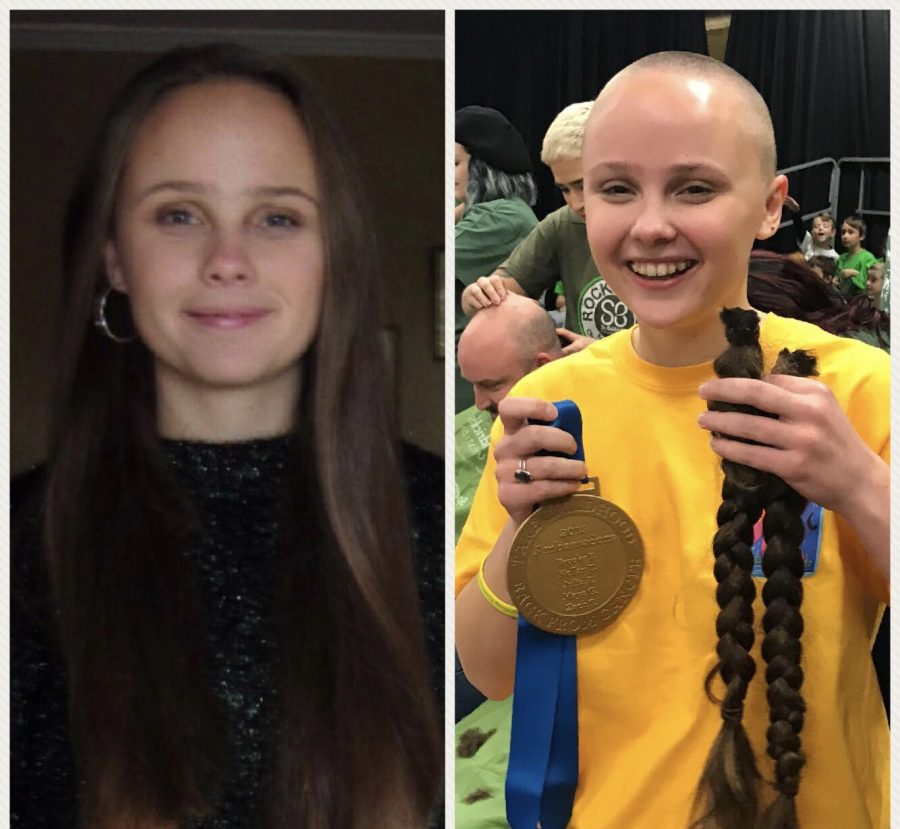
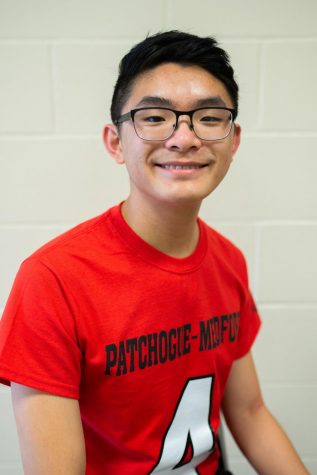
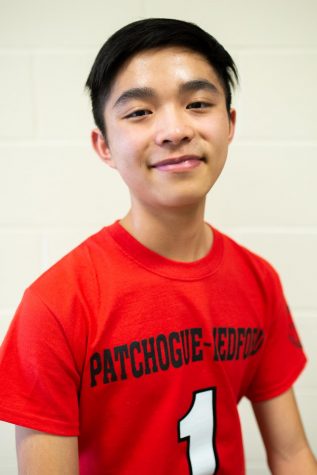
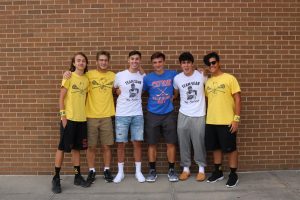
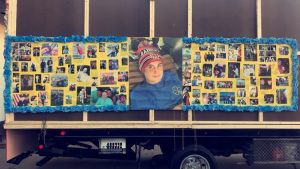
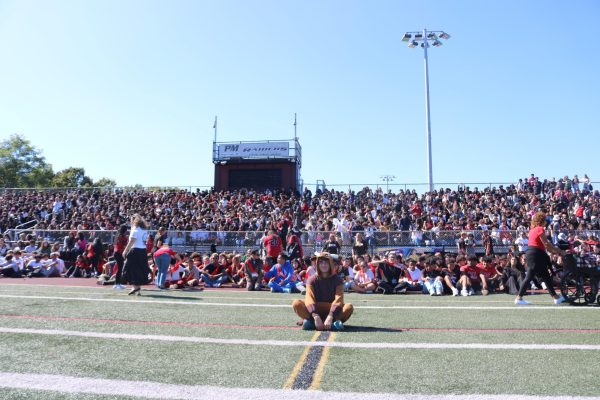
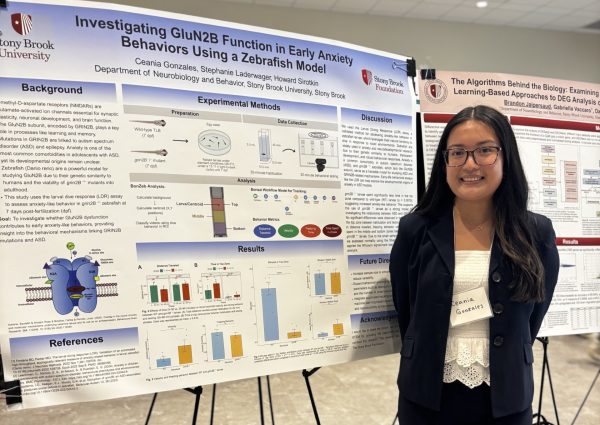

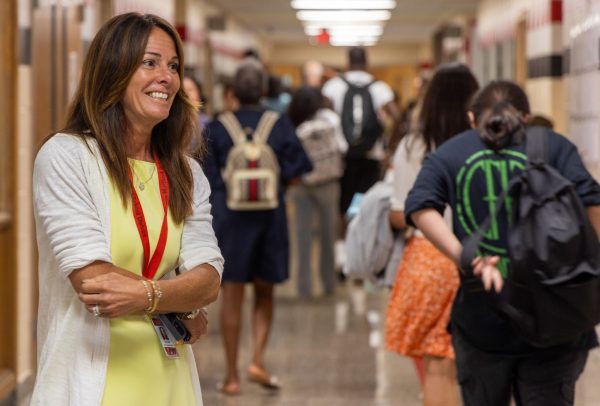
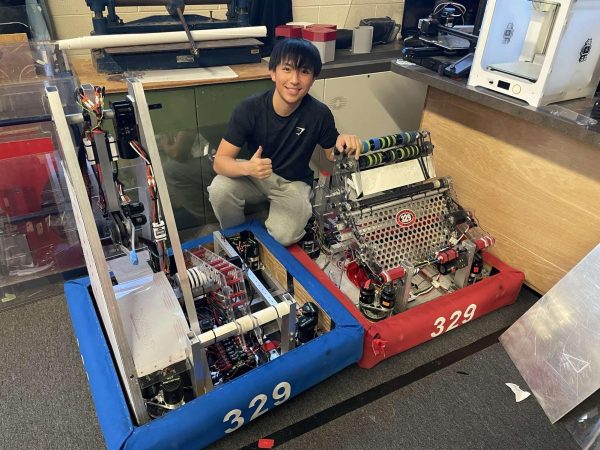
Michael Alduino • Sep 21, 2018 at 1:37 pm
Very powerful and profound